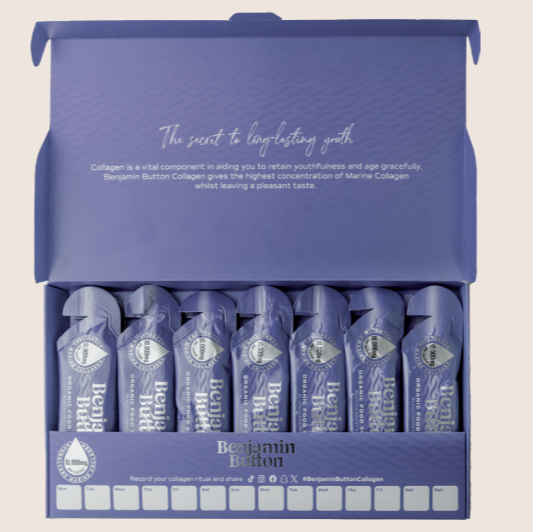Key Insights from Sarah Burton’s Vogue Conversation at Lightroom
Sarah Burton, the creative force behind Alexander McQueen, recently graced the stage at Lightroom for an enlightening conversation with Vogue. Known for her innovative designs that blend artistry with intricate craftsmanship, Burton shared invaluable insights into her creative process, her vision for fashion, and the future of sustainable practices within the industry. This discussion sheds light on the evolution of contemporary fashion, revealing both challenges and triumphs faced by designers today.The Role of Artistry in Fashion
At the heart of Burton’s ethos is the idea that fashion must transcend mere clothing; it should echo the spirit of its creator. She explained her belief that every garment should tell a story, reflecting the artistry that underpins its conception.- Inspiration from Nature: Burton often looks to the natural world for creative direction, drawing parallels between organic forms and fashion design.
- Emotional Narratives: Each collection is meant to evoke emotions, providing a deep connection between the wearer and the art.
- Historical Context: Burton consistently references the past, ensuring that each piece resonates with a sense of timelessness.
Fashion's Responsibility Towards Sustainability
Burton passionately articulated the urgent need for sustainable practices within the fashion industry. As a leader, she understands that change is imperative and shared her views on how designers can commit to more eco-conscious methods.- Use of Recycled Materials: Mentioned was the importance of incorporating sustainable textiles into collections to minimise waste.
- Ethical Production: Burton advocates for fair trade and responsible sourcing, ensuring that every piece is ethically created.
- Timeless Design: By creating garments that are destined to last, designers contribute to a reduction in fast fashion’s negative impact.
The Intersection of Fashion and Technology
Another fascinating point of discussion was the intersection of fashion and technology. Burton acknowledged that technology can enhance the design process and revolutionise how we experience fashion.- Digital Innovation: Virtual reality and augmented reality can create immersive experiences, allowing customers to engage with brands in an entirely new manner.
- Online Platforms: Burton noted the rise of e-commerce as a means to reach wider audiences, particularly important during recent global challenges.
- 3D Printing: This technology can vastly reduce waste, offering a more sustainable manufacturing process while allowing for unparalleled creativity in design.
The Power of Collaboration
Burton also touched on the importance of collaboration in the fashion world. She expressed how working alongside artists, musicians, and other creatives can bring a fresh perspective to her own work.- Cross-disciplinary Exchange: Collaborating across different artistic mediums lends new ideas and techniques, enriching the design process.
- Shared Vision: Working with others can also strengthen a collective vision, creating a more significant impact in the fashion industry.
- Community Building: Collaborative efforts foster community, encouraging support among peers and inspiring innovation.
The Future of Fashion Education
Lastly, Burton emphasised the critical need for a robust education system that nurtures future talent in fashion. She believes that teaching young designers about sustainability, creativity, and technological integration is vital for the evolution of the industry.- Incorporating Sustainability in Curricula: Educational institutions should focus on sustainable practices to prepare students for the eco-conscious future.
- Encouraging Creative Freedom: Allowing students to express their individuality and originality must remain a primary focus.
- Hands-on Experience: Burton advocates for internship opportunities that offer real-world experience and exposure to industry challenges.






















